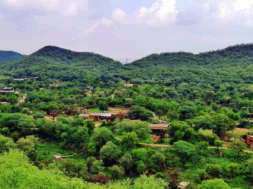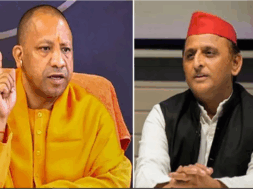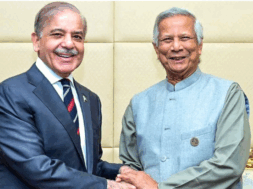
Tit-for-tat: After China’s ‘renaming’ spree in Arunachal, India to rechristen 30 places in “Occupied Tibet”
Virendra Pandit
New Delhi: For centuries, an expansionist and imperialist China has practiced the subtle art of cartography and quietly renamed foreign territories as its first and second moves to annex them. That was how it rechristened and grabbed the Muslim-majority Eastern Turkestan as “Xinjiang”, and, more recently, renamed several places in Arunachal Pradesh which Beijing claims as “Southern Tibet.”
After tolerating it for long, India has started paying China in its own coin.
In the recent Assembly elections, Arunachal Pradesh has returned the BJP government to power. Its Lok Sabha MP Kiren Rijiju is now the Union Parliamentary Affairs Minister.
The newly-elected National Democratic Alliance (NDA) government, led by Prime Minister Narendra Modi, has approved the renaming of 30 places in China’s “Occupied Tibet,” signaling a strong response to Beijing’s nomenclature aggression in Arunachal Pradesh, the media reported on Tuesday.
The names, grounded in historical research and affiliation to the Tibetan region, will be released by the Indian Army and updated on their maps along the Line of Actual Control (LAC), reported “News18.”
Relations between India and China have remained strained, except for trade, since the eastern Ladakh border standoff erupted on May 5, 2020, after a violent clash in the Pangong Tso area. The two sides have since held 21 rounds of military talks to resolve the standoff.
This latest Indian move is a tit-for-tat to China’s renaming of 30 places in Arunachal Pradesh in April 2023, to which India strongly objected. Under Modi 3.0, India will assert its territorial claims by assigning its own names to locations in Occupied Tibet, which China annexed in 1962 by hoodwinking the then Prime Minister Jawaharlal Nehru with the “Hindi-Chini Bhai Bhai” drama and suddenly attacking India.
The Indian list to rename the Tibetan places includes 11 residential areas, 12 mountains, four rivers, one lake, one mountain pass, and a piece of land, presented in Chinese characters, Tibetan, and Pinyin. China’s previous actions include releasing lists of allegedly “standardized” names for places in Arunachal Pradesh since 2017, with the latest list containing almost as many new names as the previous three combined.
Despite China’s repeated claims, India has consistently affirmed Arunachal Pradesh as an integral and inalienable part of the country. The Ministry of External Affairs (MEA) has maintained that assigning “invented” names does not alter this reality. This strong response from India follows widespread global disapproval of China’s expansionist policies in regions such as the South China Sea, Taiwan, and beyond.
Taking charge as External Affairs Minister (EAM) for the second time, Dr. S Jaishankar on Tuesday reaffirmed the country’s robust stance on issues concerning China and Pakistan, stating that both border issues and cross-border terrorism will be dealt with firmly.
“As far as Pakistan and China are concerned, the relations with those countries are different, and the problems there are also different. Our focus about China will be on finding a solution for the border issues, and with Pakistan, we would want to find a solution to the issue of years-old cross-border terrorism,” he said after assuming office.














